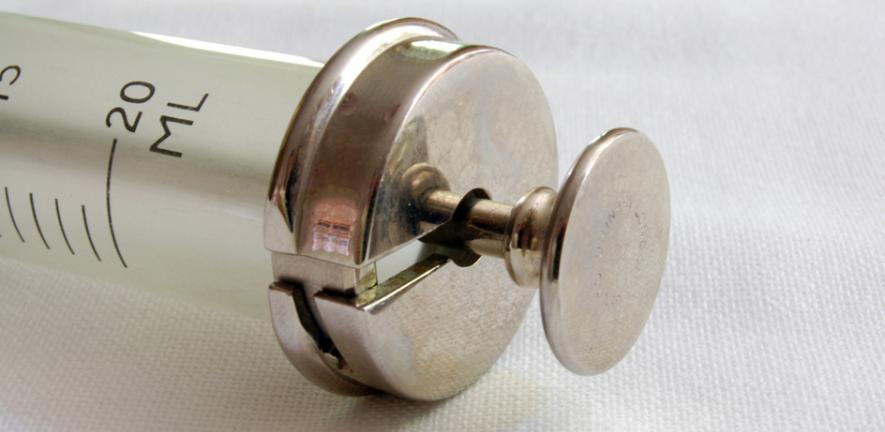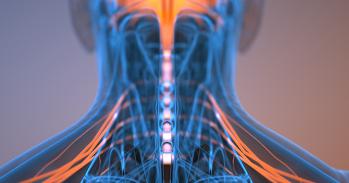
Imagine a one-off cure for drug addiction or post-traumatic stress disorder (PTSD) instead of today’s life-long therapy regimes.
Imagine a one-off cure for drug addiction or post-traumatic stress disorder (PTSD) instead of today’s life-long therapy regimes.
Professor Barry Everitt and Dr Jonathan Lee of the MRC-Wellcome Behaviour and Clinical Neuroscience Institute have shown that they can selectively impair memories associated with drug addiction and PTSD by inactivating a specific gene in the brain.
Anxiety disorders, such as phobias and PTSD, and also drug addiction are disorders characterised by the persistent impact on behaviour of memories laid down earlier in the lives of affected individuals.
In the case of drug addiction, addicts crave drugs and suffer relapse not just because of the alluring high of drugs, but also because they are compelled by the powerful, haunting memory associations with the stimuli closely associated with their drug taking (e.g. the paraphernalia of syringes, aluminium foil, specific people) and, indeed, the environment in which their drug taking occurs.
For many years it has been assumed that once memories are formed, they become fixed – ‘consolidated’ – forever. However, recent research has shown that when memories are reactivated through recall, or simply being exposed to stimuli that elicit memories, as in drug addicts, the memories become malleable and subject to disruption by certain drugs.
Everitt and Lee saw a long-lasting change in behaviour of rats that had had a specific gene in the amygdala – a part of the brain where emotional memories are formed and stored – inactivated. Of course, selective inactivation of genes in the brain is not a viable treatment option and so current research is aimed at identifying the neurochemical mechanisms in the brain that underlie memory reconsolidation and thereby drugs that can be taken systemically to interfere with those mechanisms. The great advantage of this potential new treatment is that it could be given on very few, perhaps even one, occasion, thereby eliminating the need for chronic drug therapy and all the problems that can bring.
This work is licensed under a Creative Commons Licence. If you use this content on your site please link back to this page.





